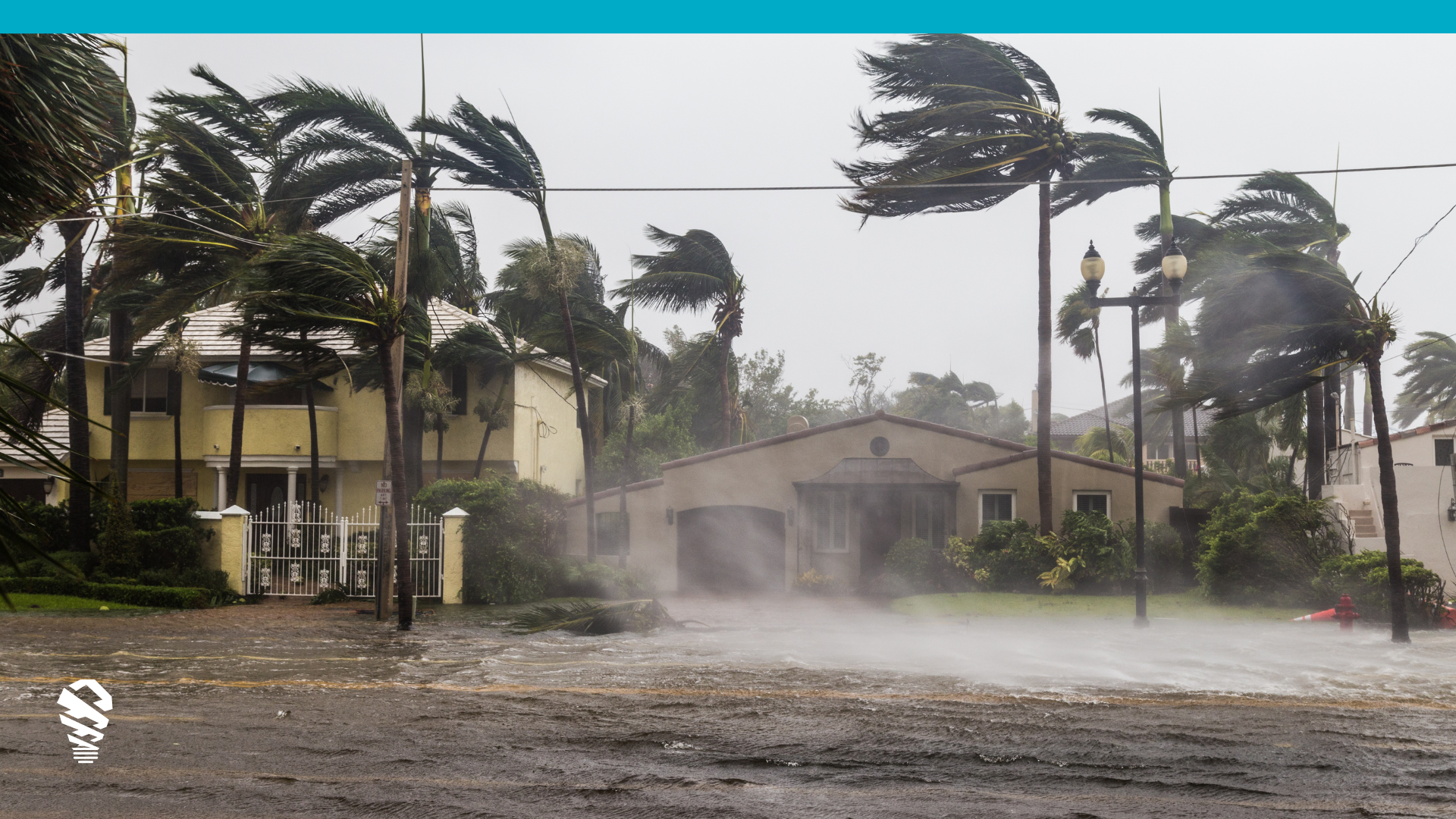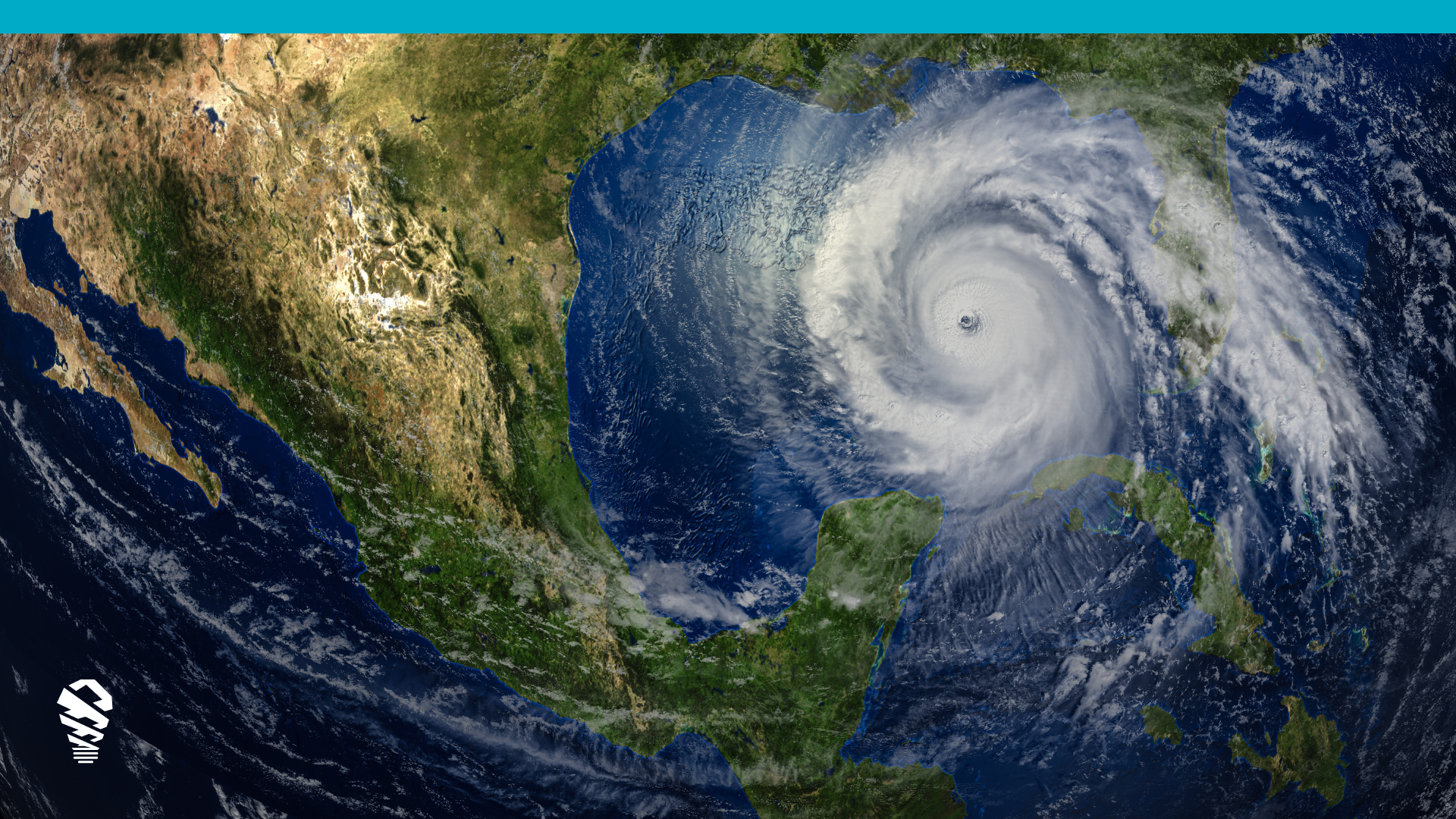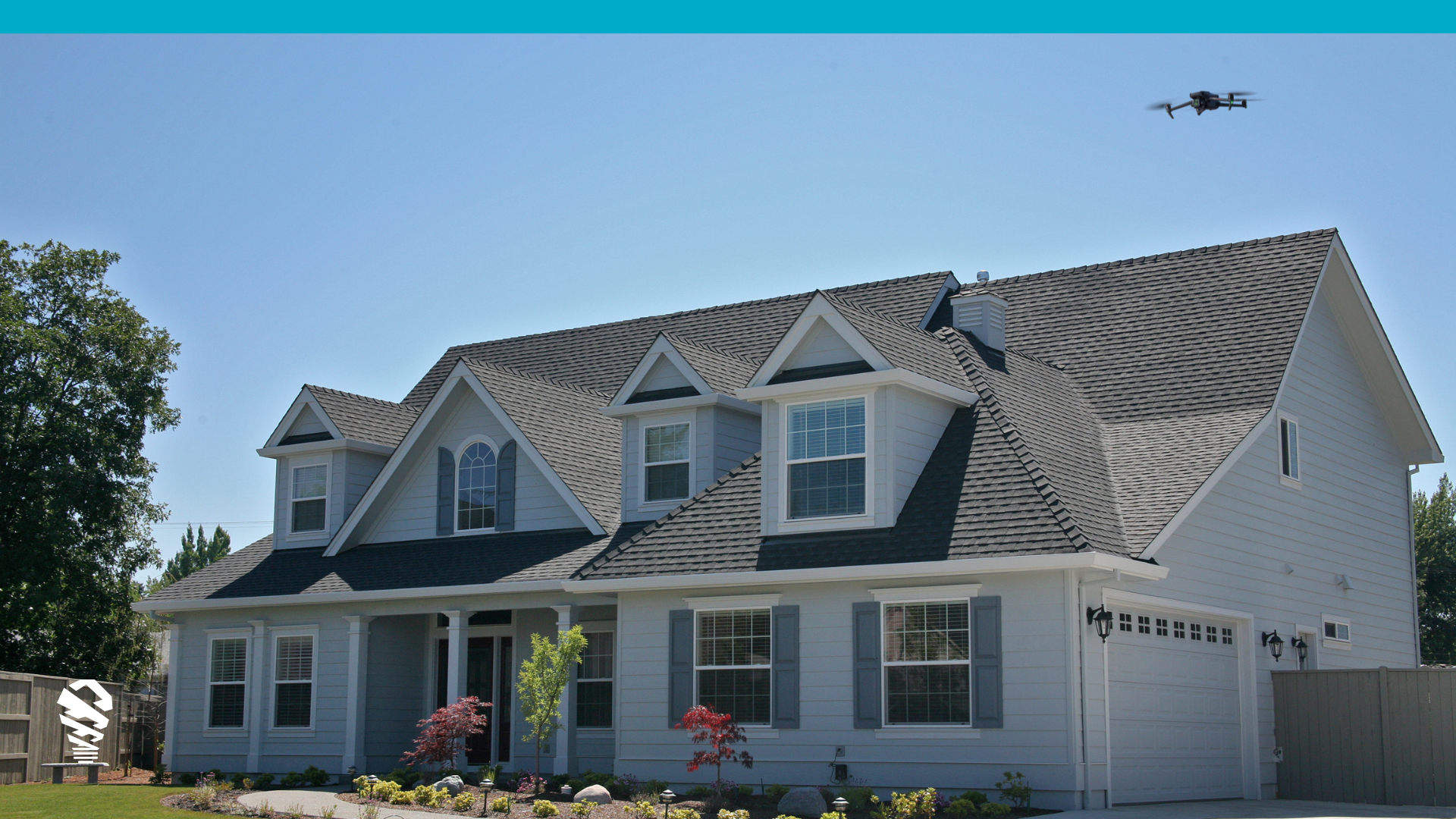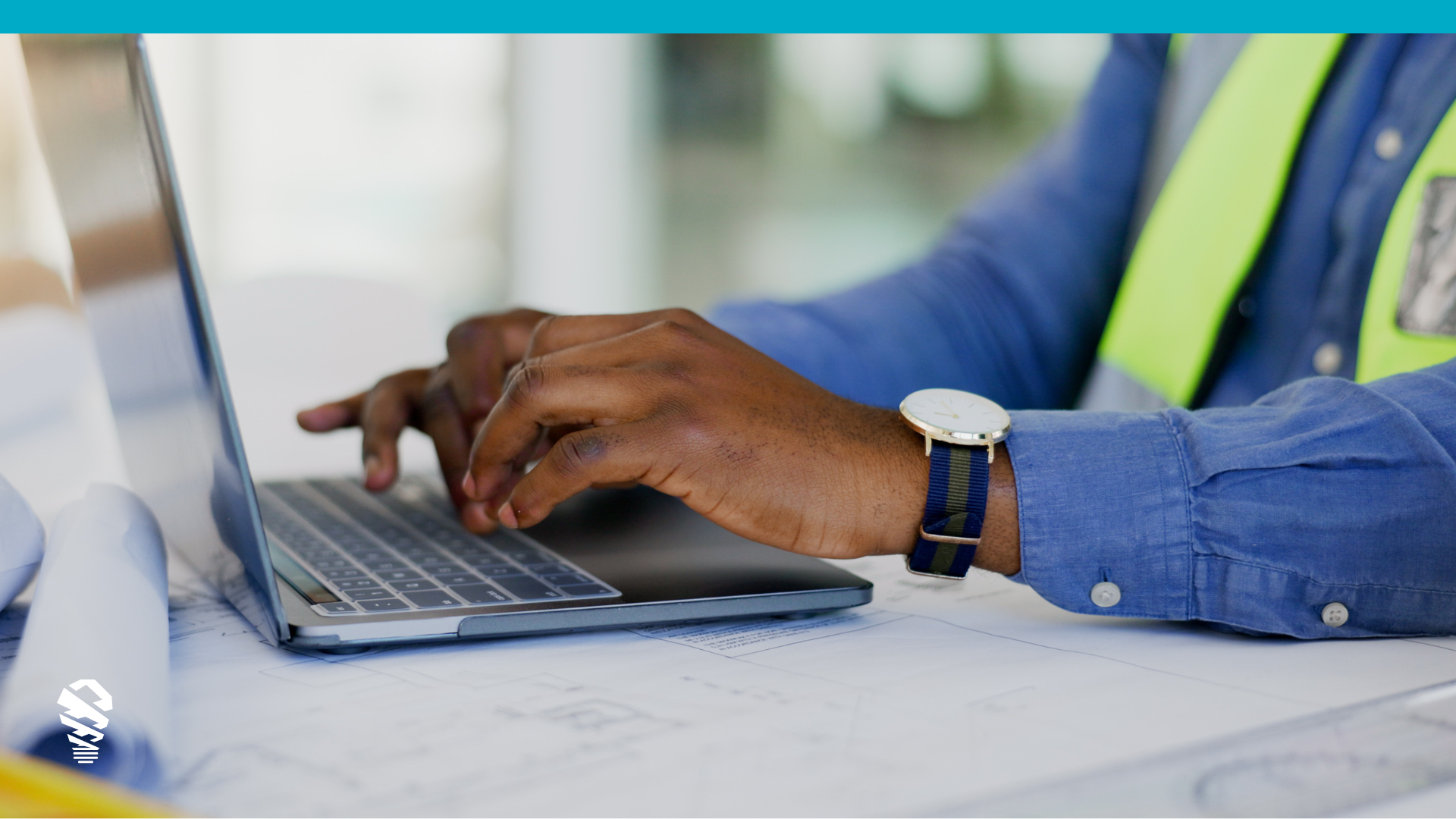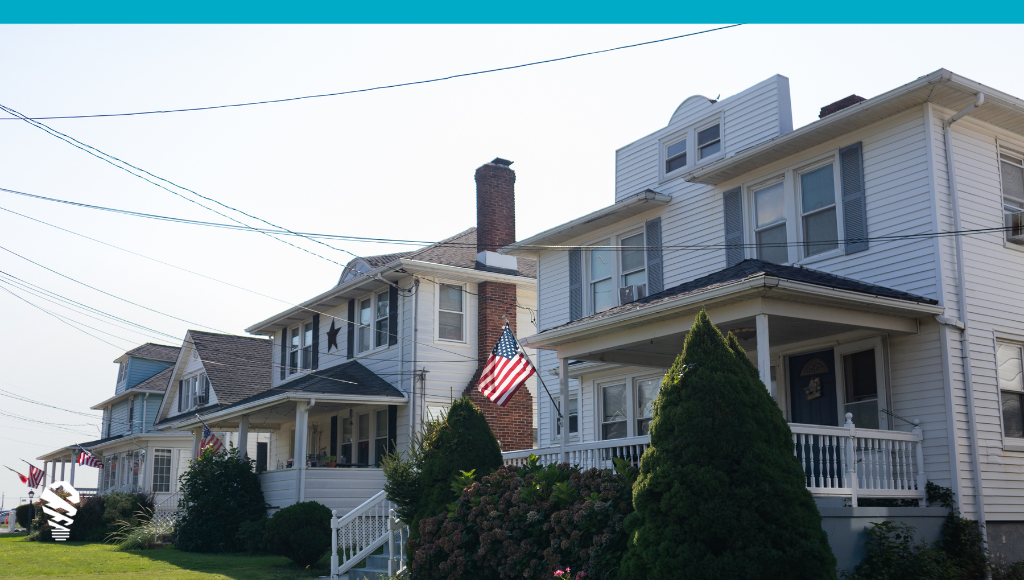Using a drone for roof inspections could revolutionize business for a roofing contractor. Drone technology adds benefits like cost savings, speed, and safety, but it’s often associated with words like “complicated’ and “expensive.” But drones have advanced at an incredible pace over the last five years and they’re more viable for roofers than ever. Even still, we hear a lot of misconceptions about the value drones offer. Here are the five biggest and why you may want to give drones a second look.
Misconception 1: Drones Are too Expensive
While some drone solutions cost as much as a truck, companies like DJI have managed to develop affordable, high-quality tech for even their entry-level drones. These days, you don’t have to decide whether to get a new drone or a truck. Drones equipped with all the features roofers need to inspect and measure are more affordable than ever. For example, roofers interested in drone tech can get a DJI Phantom 4 Pro for around $1500. The P4pro is equipped with a great camera and sensor package and is incredibly easy to use – best of all, DJI drones have an open SDK, which is a fancy way of saying they can be paired with apps that fully automate roof inspections and many other tasks.
Misconception 2: Drones Are too Hard to Use
Drones might seem daunting on paper. Manuals and marketing documents are often full of big, technical words that make drones sound like you need to be a rocket scientist to properly use them. Fortunately, this isn’t the case. Thanks to advancements in artificial intelligence and automated flight, using a drone is quite simple. Using some drone solutions, users can map a flight in the app, launch a flight, and watch as a drone automatically gathers pictures and measurements. Once it gathers the data, many solutions make the process of building an estimate simple too. With the power of artificial intelligence, some apps can automatically find damage, saving users time they’d usually spend looking through dozens of images. With a quick way to identify damage information and see measurements, roofers can write detailed estimates inside an app in minutes.
Misconception 3: Drones Don’t Give Me the Info I Need
Many contractors are reluctant to use drones for roof inspections because they’re accustomed to the hands-on approach of physically climbing up on the roof. Not only is climbing on a roof dangerous, it’s time consuming. Drones can gather all the data a roofer needs while he or she stays safe on the ground. Drones can perform more daily inspections and can gather all the necessary data to make a bid. This data isn’t just measurements either, it includes detailed photos and 3D models to provide more information that helps roofers create accurate, polished bids.
Misconception 4: It’s too Hard to Get Started
Getting off the ground with drones for roof inspections won’t take long but will require some basic due diligence in order to learn how to fly safely and how to get the most from the drone solution you’re using. You need drones, software compatible with the drones, and a way to turn the data you gather into something useful like a report or estimate. You can usually get all your hardware on your own, but that can complicate the process. The other option is a kit solution. Some companies offer a kit that includes hardware and software such as a drone, controller, and an app that give you the ability to inspect the roof, assess damage, take measurements, create models, and generate reports. You don’t need to spend hundreds of hours becoming an expert pilot (though you do need to understand laws and regulations as we cover below) because the kit and app solution bridges that gap and simplifies the process from end to end.
Misconception 5: Drone Regulations Are too Complicated
Commercial drone flights are regulated by the FAA. In order to fly a drone commercially, prospective pilots need to pass a Part 107 certification exam to receive a remote pilot’s certificate. To make it easier, there are plenty of resources that can turn you in a certified drone pro in no time. For instance, Drone Pilot Ground School is a well-respected company that provides online training courses that teach you everything you need to know to pass your Part 107 test. If you simply don’t have time to get certified, you can still benefit from drone-captured data by hiring an on-demand drone pilot. Services like these will send a licensed pilot to fly the drone for you, so you can get the images and measurements you need for fast, accurate bids.
Conclusion
Drones aren’t a fad, they’re the next phase of true innovation. While it’s easy to ignore them, you may want to consider that people who once used tape measures are now using digital measuring wheels and lasers. People who believed that pen-and-paper invoices would never go away are emailing estimates with Quickbooks. Drones are the next big thing for the roofing industry because they’re improving all phases of the process and are on their way to becoming a staple of the roofing toolkit, right alongside a hammer and nails. From the outside looking in, using drones may seem too complicated or daunting, but they’re actually an affordable, and practical way to improve your roofing estimates.


